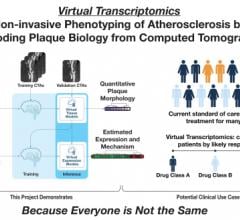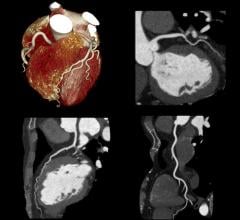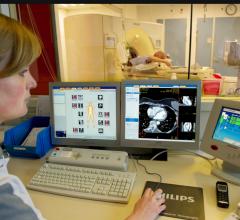March 26, 2012 — GE Healthcare introduced the 510(k)-pending Discovery CT750 HD FREEdom Edition at the opening of American College of Cardiology (ACC) Annual Scientific Session in Chicago. Addressing the main challenges of cardiac imaging – coronary motion, high heart rates, calcium blooming, plaque composition and accurate myocardial perfusion – the FREEdom Edition is designed to provide a new level of cardiac computed tomography (CT) performance and to help physicians best serve patients.
Based on FREEdom technologies (Fast Registered Energies and ECG), the system represents a three-prong improvement upon traditional cardiac CT: Motion FREEdom, with intelligent motion correction via SnapShot Freeze; Calcium FREEdom, with enhanced coronary visualization using Gemstone Spectral Imaging (GSI) Cardiac; and Horizon FREE opportunities, going beyond today's clinical information with plaque material composition assessment and accurate perfusion calculations.
“FREEdom Edition has the potential to change the way we think about cardiac CT, both for the patient and the clinician,” said Dr. Jonathon Leipsic, head of radiology for Providence Health at St. Paul’s Hospital in Vancouver, British Columbia. “By intelligently reducing motion artifact in CT images, SnapShot Freeze improves visualization, which is important for coronary artery interpretability.”
SnapShot Freeze technology can help significantly reduce coronary motion and overcome the inherent limitation of all hardware-only solutions. By precisely detecting vessel motion and velocity, SnapShot Freeze can determine actual vessel position and intelligently correct the effects of motion during cardiac CT exams.
The Discovery CT750 HD FREEdom Edition is also the first cardiac spectral imaging scanner that merges GE’s SnapShot Pulse technology with GSI’s fast kV switching allowing for a registered spectral CT dataset that is then decomposed into material density images and synthesized into monochromatic energies. Additionally, GSI Cardiac enables investigations into new horizons of CT coronary plaque assessment and quantitative myocardial perfusion.
For more information: www.gehealthcare.com


 March 07, 2024
March 07, 2024 








